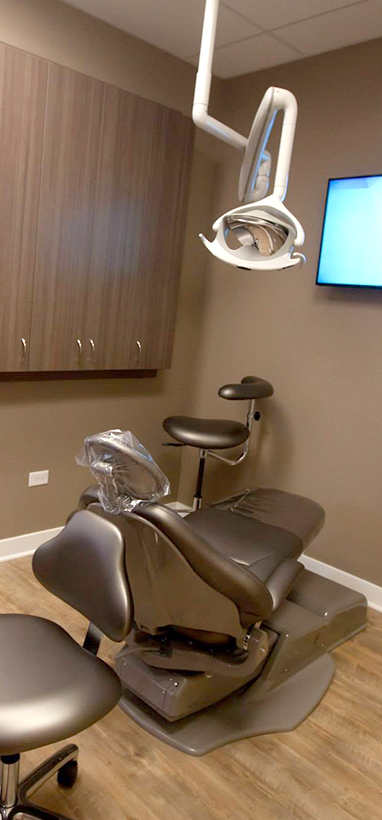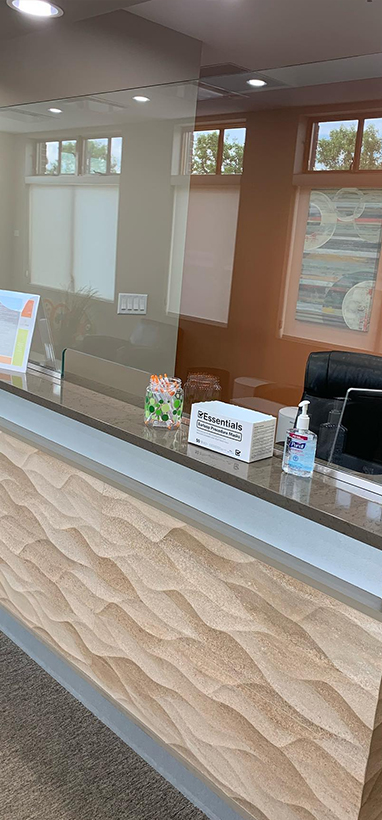1516 Legacy Cir, Naperville, IL 60563
Emergency Dentistry: How Dentists Can Cater for Your Dental Emergency

Knowing how dentists train and learn to manage emergencies effectively in case of injury is crucial. This blog will explore how dentists cater to dental emergencies, what you can expect during an emergency appointment, and why seeking professional help as soon as possible is essential for the best possible outcome.
Understanding Dental Emergency
Before delving into how dentists manage dental emergencies, it’s essential to understand what constitutes an emergency. Common dental emergencies include:
- Severe Tooth Pain: Often caused by an untreated cavity, infection, or gum disease, severe tooth pain can come on suddenly and may be accompanied by swelling or fever.
- Knocked-Out Tooth: A tooth that has been completely knocked out due to an injury or accident requires immediate care to improve the chances of saving it.
- Cracked or Broken Tooth: If left untreated, a chipped or cracked tooth can lead to pain, sensitivity, and further damage.
- Lost Filling or Crown: A missing filling or crown can expose the tooth to infection, further decay, and discomfort.
- Abscessed Tooth: This is a severe infection at the root of a tooth that can cause pain, swelling, and fever.
- Soft Tissue Injuries: Cuts or tears in the gums, lips, or inside the mouth from accidents or trauma.
If you experience these issues, seek immediate dental care to prevent further complications.
How Dentists Cater to Dental Emergencies
Dentists are trained to assess and treat the problem quickly and effectively in a dental emergency. Here’s how they typically handle various types of emergencies:
- Pain Management In many dental emergencies, pain is the primary concern. A dentist will first focus on managing and alleviating the pain. This may involve using local anesthesia to numb the affected area, ensuring you remain comfortable during the examination and treatment. In some cases, dentists will recommend over-the-counter pain relievers for ongoing pain management.
- Diagnosis and Immediate Treatment After evaluating the severity of the emergency, your dentist will diagnose the problem and recommend an immediate course of treatment. For example:
- Toothaches: If a cavity or infection causes the pain, a root canal treatment may be required to remove the infected tissue and restore the tooth. If the pain is due to gum disease, a professional cleaning and antibiotics may be recommended.
- Knocked-Out Tooth: If a tooth is knocked out, the dentist will attempt to re-implant it if it is still viable. It’s essential to seek treatment within an hour of the injury to save the tooth. If re-implantation isn’t possible, the dentist may recommend alternatives like dental implants or bridges.
- Broken Teeth: A dentist may perform bonding or place a crown to restore the tooth’s structure. In cases of severe damage, they may need to extract the tooth and replace it with a dental implant or other prosthetic.
- Stabilization of the Situation Sometimes, the dentist may need to stabilize the situation first and schedule follow-up care. For example, if a tooth is cracked but not painful, they may place a temporary crown to protect it until a more permanent restoration.
- Antibiotics and Other Medications For infections, such as abscessed teeth, dentists may prescribe antibiotics to control the infection before proceeding with further treatments. They may also recommend pain relievers or anti-inflammatory medication to help with swelling and discomfort.
- Emergency Extractions When a tooth becomes hard to save, a dentist may need an extraction. While this is typically a last resort, it may be necessary if the tooth is too damaged or infected. Once the extraction site heals, the dentist may recommend replacing the missing tooth with a dental implant, bridge, or partial denture.
The Importance of Quick Action in a Dental Emergency
Timeliness is key when dealing with emergency dentistry. The sooner you can see a dentist, the better the chances are of preserving your teeth and avoiding complications. For instance, if you lose a tooth, the chances of saving it are significantly higher if you see a dentist within 30 to 60 minutes. For infections, early intervention can prevent the spread of bacteria and avoid more serious issues such as tooth loss or other diseases.
Additionally, prompt care can help minimize the risk of further damage. Waiting too long to treat a dental emergency may lead to increased pain, more complex treatments, and higher costs.
How to Prepare for a Dental Emergency
While it’s impossible to predict when a dental emergency will occur, being prepared can make the situation less stressful:
- Have the contact information of an emergency dentist: Many chambers working in emergency dentistry, have a referral system for after-hours care.
- Keep a dental emergency kit: This can include items like gauze, pain relievers, an ice pack, and storage containers for a knocked-out tooth.
- Know what to do: For example, if a tooth is knocked out, you should try to place it back in its socket or keep it in a container of milk until you can see a dentist.
Dentists are equipped with the knowledge, tools, and techniques needed to provide immediate relief and prevent further damage. If you ever find yourself in a dental emergency, don’t hesitate to contact a professional to get the care you need and keep your smile healthy.










